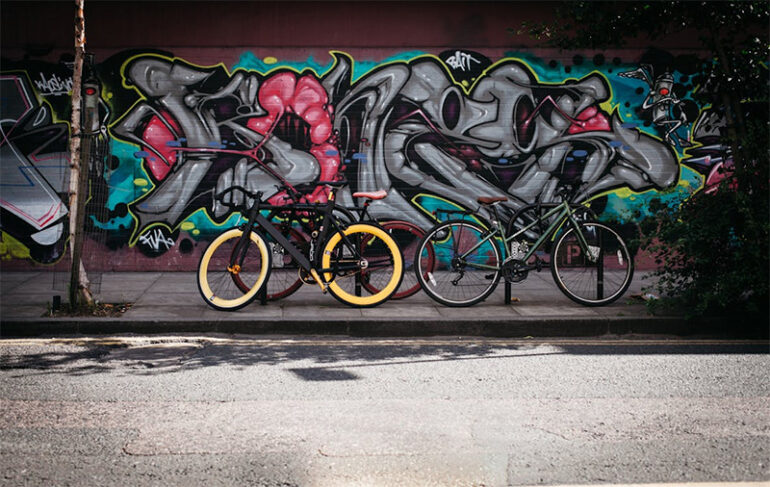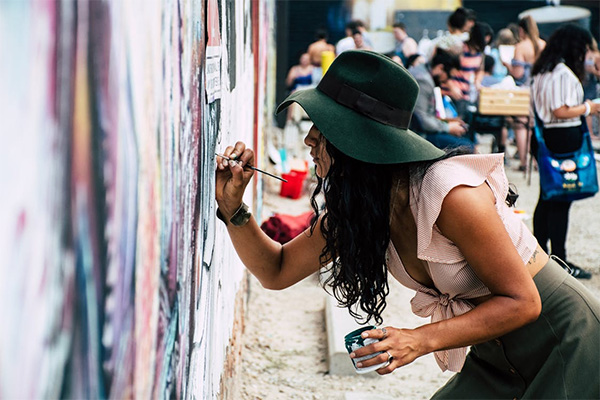From the early 20th-century rebellious attitude of graffiti, street art has developed into a worldwide movement of creative expression on urban settings. Through a variety of methods including stencils and installations, artists subvert conventional wisdom by turning walls into colorful canvases. Street art is still provoking thinking, igniting conversation, and providing a potent platform for social change despite legal and ownership disputes. Its societal criticism and unvarnished realism act as a spark for constructive change in our metropolitan settings.
The Origins of Street Art
Dynamic in nature, street art has its origins in the early 1900s when graffiti started to appear in urban settings as a rebellious art form. Taking to the streets using walls as their canvas, artists aimed to subvert conventional artistic conventions. From a defiant gesture to a worldwide movement, vivid murals and provocative graffiti are now gracing cityscapes all over the world, enthralling viewers with their unvarnished authenticity and societal criticism.
Styles and Techniques in Street Art
A wide variety of forms and methods are included into street art, which adds to its rich creative tapestry. From the complex stencils of Banksy to the vibrant geometric patterns of Os Gemeos, artists use a variety of techniques to get their points over. In the toolbox of a street artist are spray paint, wheatpaste, and even installations, each of which provides a different approach to engage with the urban setting and start discussions about social concerns. The way that street art combines several styles and methods shows how dynamic and always changing this art form is.
Impact and Controversies of Street Art
Street art has a huge effect that goes beyond simple beauty to arouse ideas and question accepted social mores. Though some see it as vandalism, others see how it can turn run-down areas into thriving centers of culture. Street art disputes frequently start with legality and ownership issues that muddy the boundaries between public speech and property rights. Street art never goes out of style and never ceases to provoke thought, motivate change, and make a lasting impression on the cityscape.
Street Art as a Platform for Social Change
A potent vehicle for social change, street art elevates voices that may not otherwise be heard. Artists connect communities and start discussions by using their work to address urgent problems such political instability, environmental degradation, and inequity. Street art encourages people to consider their surroundings and motivates action toward a more just and equal society by turning public areas into outdoor galleries. Its power to arouse feeling and spur action emphasizes its importance as a change agent.
Finally, street art is shown to be a powerful medium of expression that may change urban environments all over the world by fusing inventiveness, rebellion, and societal criticism. By use of a wide range of approaches and styles, artists question conventions, elicit thinking, and elevate underrepresented voices, igniting dialogue and motivating constructive change. Street art, for all its legal and ownership disputes, is a lively forum for tackling urgent social concerns and encourages spectators to think, participate, and imagine a more just future.
Photo Attribution:
1st & featured image by https://www.pexels.com/photo/black-and-yellow-fatbike-beside-mountain-bikes-173294/
2nd image by https://www.pexels.com/photo/photo-of-woman-painting-on-wall-1340502/

